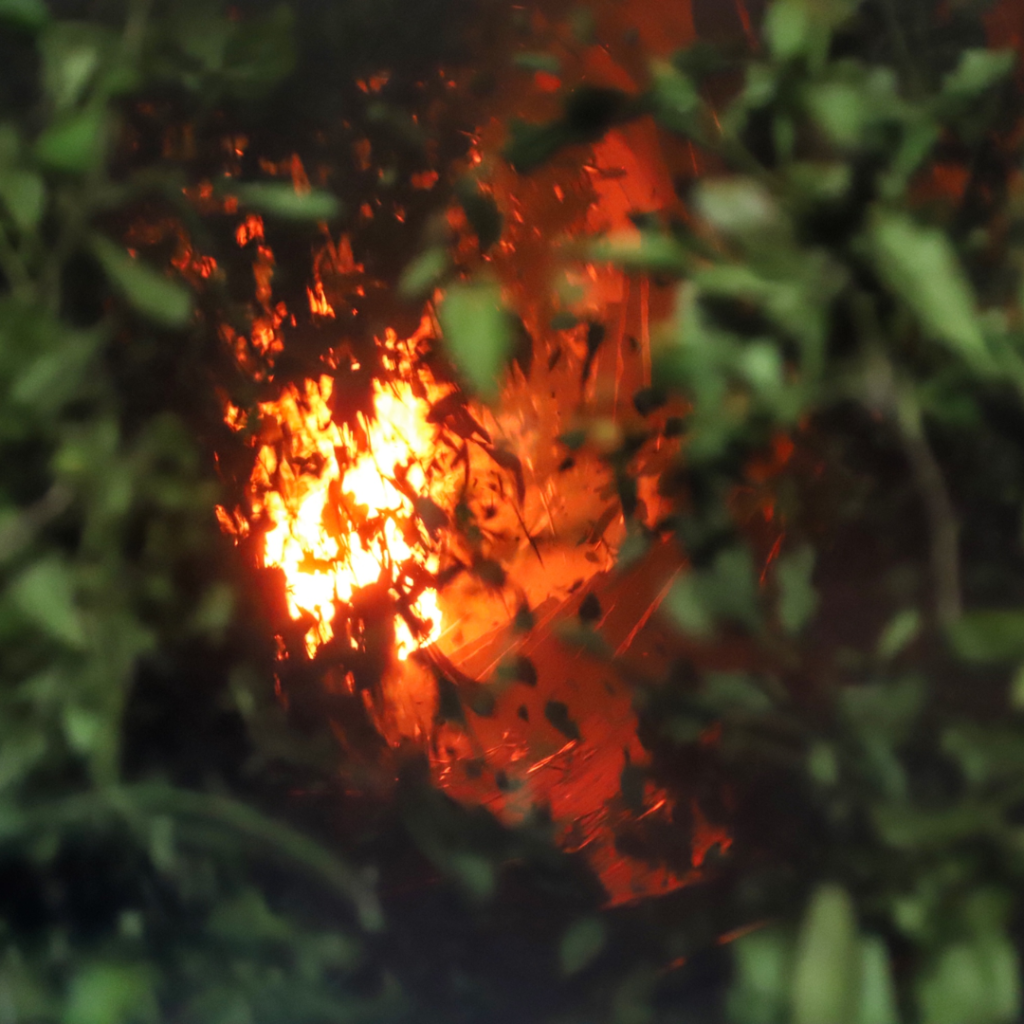The processing of yerba mate is crucial for both the quality of the raw material and consumer safety. The levels of beneficial compounds such as caffeine, theobromine, and chlorogenic acids are influenced by the processing. Additionally, Polycyclic Aromatic Hydrocarbons (PAHs), harmful compounds to health, mostly result from the combustion of biomass during the drying of yerba mate. Therefore, their presence must be strictly controlled in the industry.
How Do PAHs Accumulate in Yerba Mate?
These compounds can naturally accumulate in any plant due to precipitation or air pollution. However, some studies have shown that yerba mate leaves subjected to conventional drying processes contain significantly higher amounts of PAHs. The traditional drying process of yerba mate involves two main stages: “sapeco,” a pre-drying phase where the yerba mate is in contact with fire for a short period, followed by prolonged drying at a lower temperature using rotary or conveyor dryers. Although efficient, this historical method uses wood combustion in both stages, generating smoke and, consequently, incorporating PAHs into the raw material.
Impact of PAHs on the Quality and Safety of Yerba Mate Products
PAHs are known for their carcinogenic and mutagenic properties, and thus have maximum limits set in food and cosmetic products, especially in Europe. The presence of PAHs above acceptable limits can compromise the safety of yerba mate-based products, limiting their market potential, especially in industries that require high-quality raw materials, such as cosmetics and dietary supplements.
It is important to note that these molecules have low water solubility, meaning that most are not released in beverages like chimarrão, tereré, or mate tea. Additionally, any process involving heat has the potential to generate these compounds, which means that other beverages like tea and coffee also contain these harmful compounds.
The Need to Evolve
Several yerba mate industries have been adapting the drying system to minimize the contact of yerba mate with smoke. However, the most efficient and safe method would be the complete elimination of combustion in the process. The search for alternative drying methods, without biomass combustion, is a growing trend in the industry. Innovative techniques such as freeze-drying, microwaves, and infrared radiation have shown promising results in preserving the bioactive compounds of yerba mate while reducing PAH formation.
The transition to cleaner and more efficient methods is essential to fully explore yerba mate’s potential in global markets safely. At Ervais do Futuro, we are at the forefront of this change, adopting a drying process entirely free from biomass combustion. We guarantee safer and higher quality products. This innovation not only meets strict international regulations but also opens doors to new markets and industrial applications, reinforcing our commitment to sustainability and excellence.
References:
Holowaty, S.A. et al. Differences in physicochemical properties of yerba mate (Ilex paraguariensis) obtained using traditional and alternative manufacturing methods. 2018. https://doi.org/10.1111/jfpe.12911
Magalhães, W.L.E. Method of enzymatic inactivation of yerba mate leaves using infrared radiation aimed at reducing drying costs and loss of natural bioactives. Technical Communication 477 Embrapa. 2021. https://ainfo.cnptia.embrapa.br/digital/bitstream/item/229887/1/EmbrapaFlorestas-2021-ComunicadoTecnico477.pdf
Oranuba, E. et al. Polycyclic aromatic hydrocarbons as a potential source of carcinogenicity of mate. 2018. https://doi.org/10.1080/10590501.2019.1555323
Thea, A.E. et al. Polycyclic aromatic hydrocarbons (PAHs) in yerba mate (Ilex paraguariensis St. Hil) traditional infusions (mate and tereré). 2016. http://dx.doi.org/10.1016/j.foodcont.2015.07.046
Tomasi, J.C. et al. Effects of different drying methods on the chemical, nutritional and color of yerba mate (Ilex paraguariensis) leaves. 2021. https://doi.org/10.1515/ife-2020-0312
Vieira et al. Occurrence of polycyclic aromatic hydrocarbons throughout the processing stages of yerba mate (Ilex paraguariensis). 2010. http://dx.doi.org/10.1080/19440041003587310





